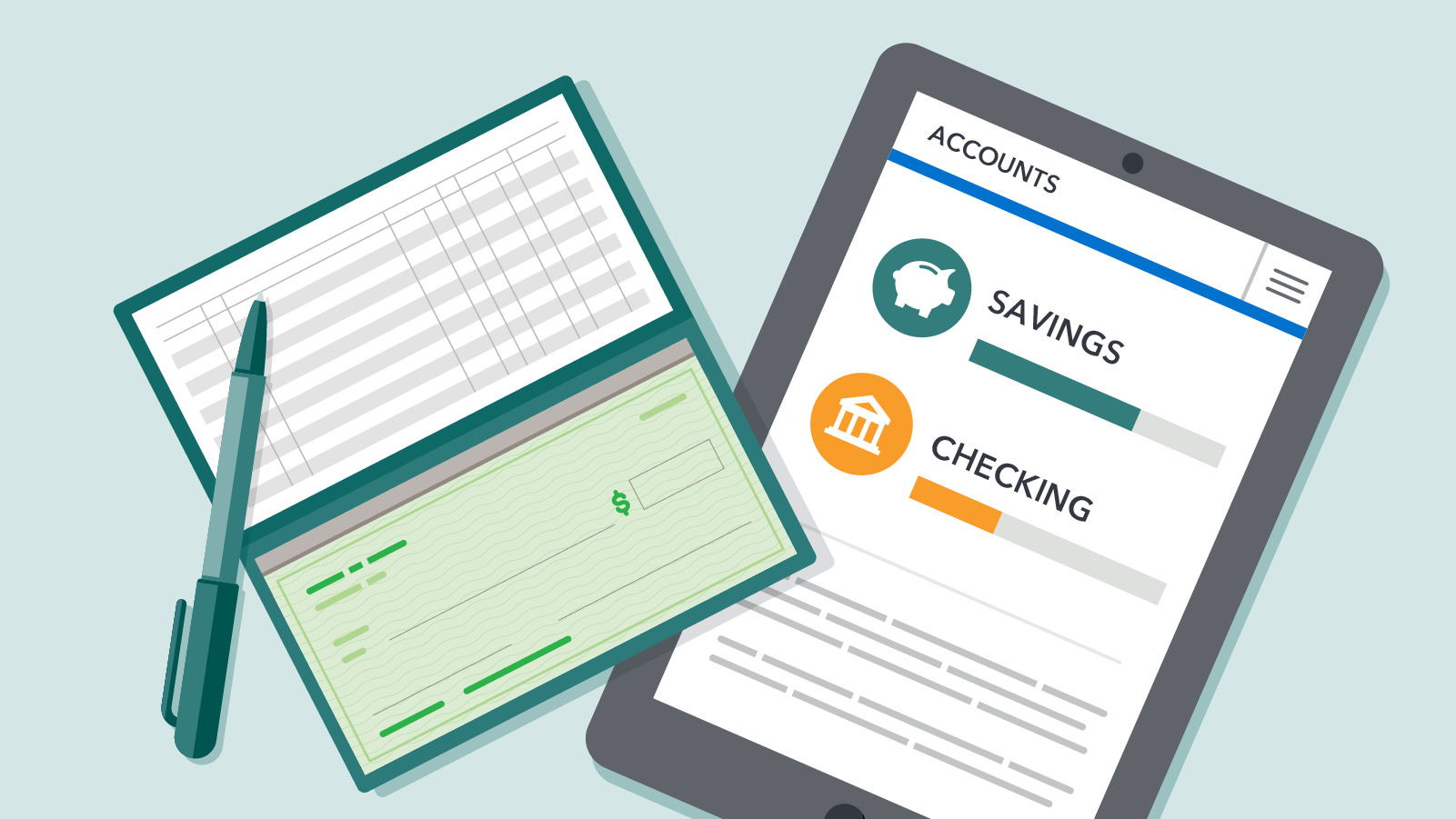Tax refund tips: Understanding refund advance loans and checks

At this time of year, many people are thinking about filing their tax returns and about if and when they will receive their refunds. When filed electronically (e-file), the IRS issues most tax refunds within 21 days. It can take about six weeks to receive a tax refund for a return filed by mail. Using direct deposit for your refund can speed up the process—whether you e-file or mail your return.
Filing your return
The first step to obtaining your refund is filing your tax return. Free tax preparation assistance is available from several sources such as the IRS website, which can provide you with tax filing forms if you plan to prepare your own return. If you meet certain income thresholds, have disabilities, or have limited English speaking skills, Volunteer Income Tax Assistance (VITA) organizations can provide you with assistance in preparing your own taxes. Learn more about other resources that are available to you.
There are also several software packages and websites you can use to prepare and file your tax returns. Some of these products may offer free e-filing.
Using a tax preparer
Another option to file your tax return is to use a commercial tax preparation firm or an individual accountant or tax preparer. These preparers charge a fee to prepare your taxes and there may be e-filing and other fees. Total costs may vary depending on your situation.
You may be offered a refund anticipation check (RAC) or refund transfer by a tax preparer. If you agree to a RAC, you typically agree to pay a fee to delay paying the price charged for the tax preparation services. The tax preparation charges and the fee for the RAC itself will be deducted from your refund before you receive the money.
Although you should review the terms of the specific RAC carefully, here is how a RAC typically works:
- You have a tax preparer file your tax return.
- A temporary bank account is set up in your name.
- The refund is deposited directly to that account.
- The tax preparation service charges, RAC fees, and any other applicable fees are deducted from the refund amount in the account.
- You are paid the remaining refund amount.
RAC fees typically range from $30 to $50.
Getting your money early
No one can provide you with immediate access to all or a portion of your tax refund before it is issued by the IRS. Some tax preparation firms may offer you an advance, which is a loan against a portion of the estimated amount of your tax refund. This loan is called a refund advance loan (RAL). The amount of the advance loan is typically based on a portion of the full amount of your estimated tax refund minus tax preparation service charges and other fees. This is a short-term loan, usually for less than one month or until the IRS sends your full refund to the tax preparer.
All tax preparation firms are different. Some firms offer refund advance loans with no fees or interest, but others may charge fees and interest.
While you should always review the terms of the specific RAL, this is how a RAL typically works:
- To access a RAL, you typically must have the tax preparation provider prepare and e-file your return.
- The RAL provider reviews your tax return, may consider your income and credit information, and issues your loan.
- A temporary bank account is set up in your name by the tax preparation provider.
- The refund is deposited directly into that account.
- The amount of the RAL, the tax preparation service charge, a RAC fee if you used a RAC to delay the tax preparation service costs, any RAL fees, and any other fees are deducted from the remaining refund amount in the account.
- You are paid the remaining refund amount.
In some cases, your RAL may be loaded onto a specific prepaid card rather than being deposited into a bank account. Ask about the fees associated with prepaid cards.
Making your decision
Keep in mind that refund anticipation checks and refund advance loans do not mean that the IRS will issue your tax refund more quickly. With a refund anticipation check, you pay fees to delay paying tax preparation costs. With a refund advance loan, you borrow the cash now but if charged by the provider, fees and any interest will be taken out of your tax refund. The IRS still needs to review and process your return, so you could be responsible for RAL fees and other charges even if your refund is smaller than expected. As with any financial product or service, consider all fees, charges, and timing to help you make a financial decision that is best for your situation.
